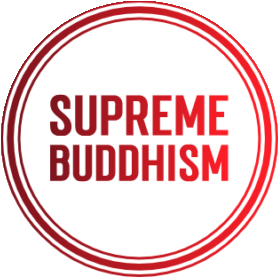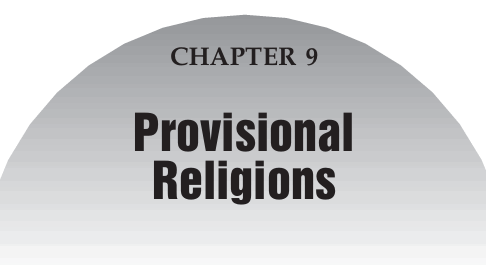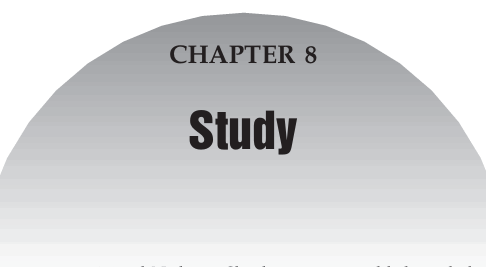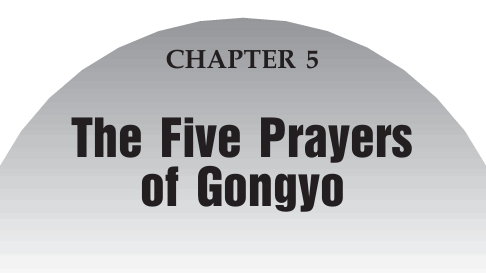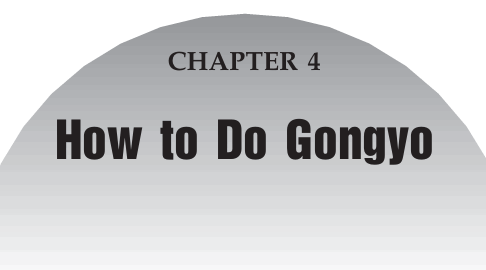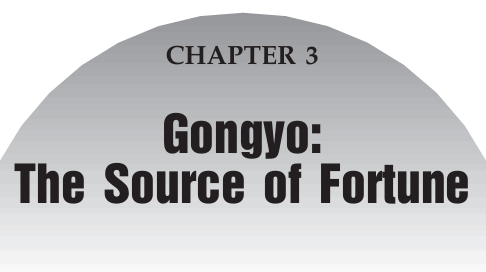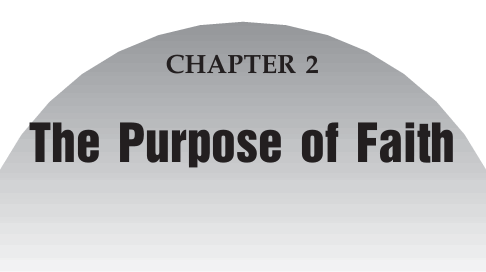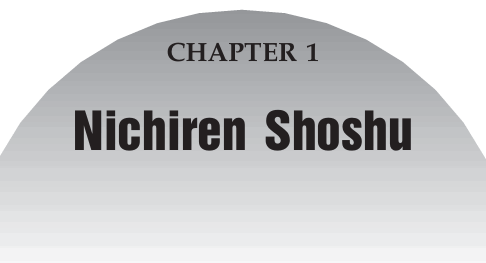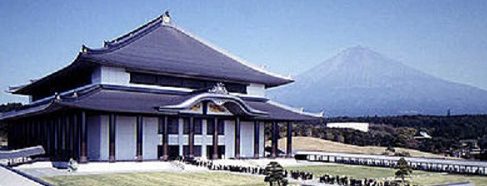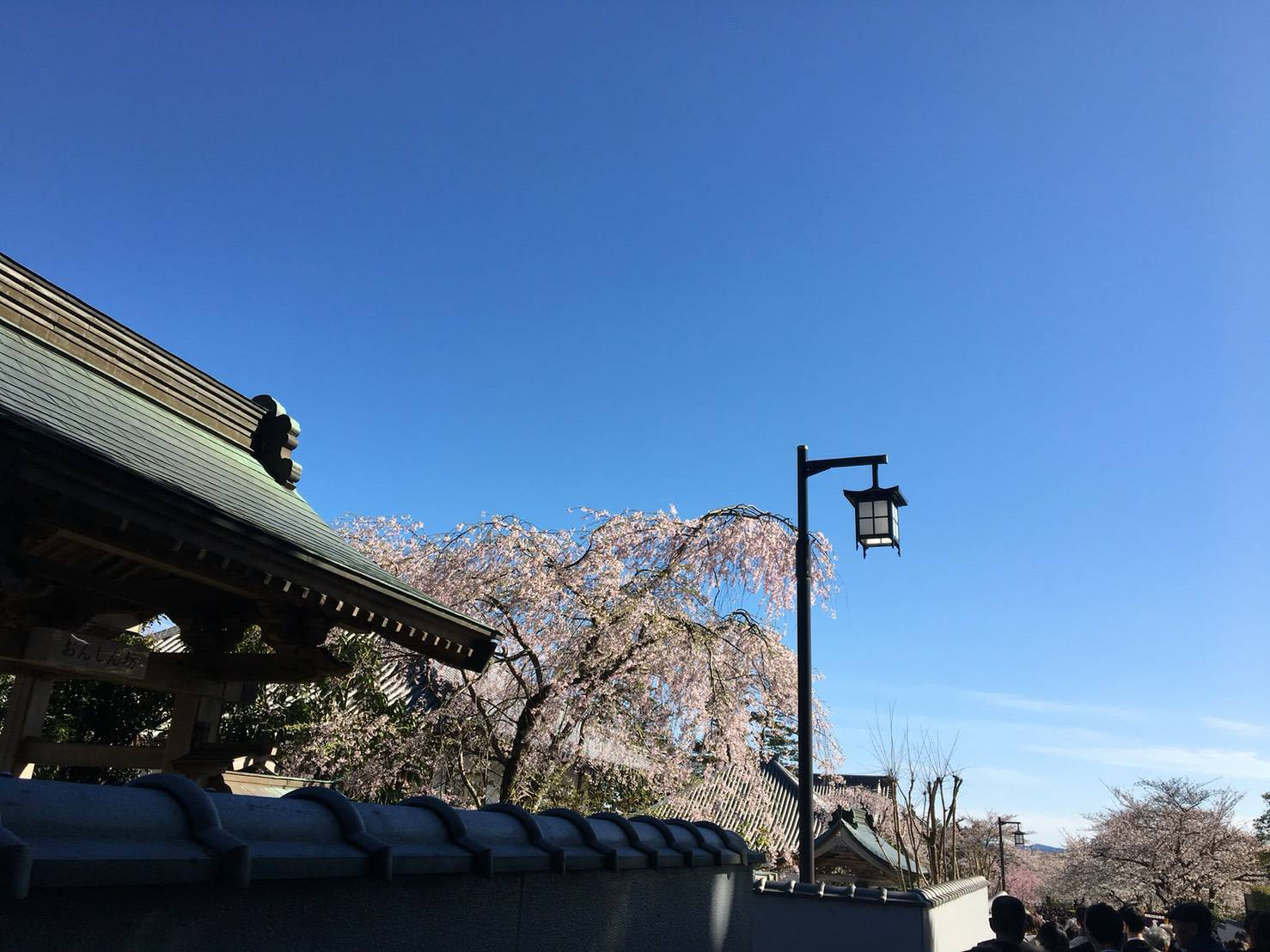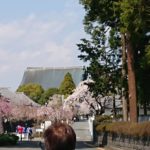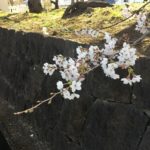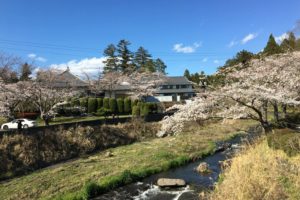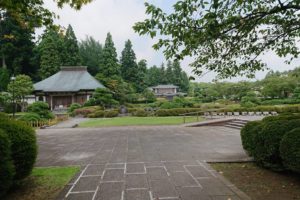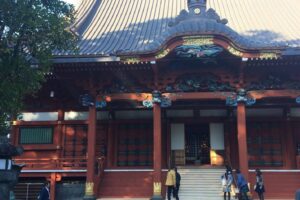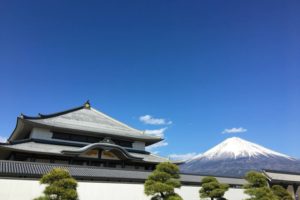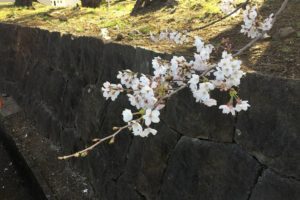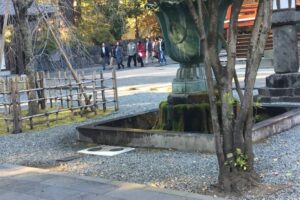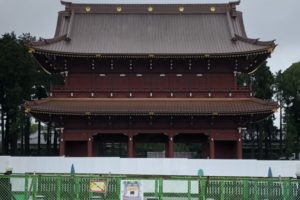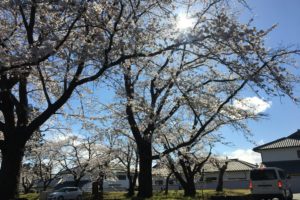Explanation of the Summary of the Second Stage
The second stage of the treatise, “On Securing the Peace of the Land through the Propagation of True Buddhism” (Rissho ankoku ron), is the second question and answer section of the Gosho, where the Daishonin Discusses the evidence of the disasters befalling the nation.In the first section, the Daishonin focused on the recurrence of the three calamities and seven disasters and other such catastrophes, and He described how the Jodo sect and other Buddhist sects, the Confucians, and the Shinto priests all performed special prayers to bring peace and tranquility to the nation.He further explained how the political authorities sought to save the people by setting a moratorium on activities, but the disasters only increased in intensity and frequency.The Daishonin stated that the cause for these disasters was none other than the rejection of True Buddhism by the people.This, in turn, caused the benevolent deities and sages to abandon the nat ion and evil devils and demons to take up residence in their stead, wreaking tremendous havoc on the land.
The Daishonin then proceeded to the second stage. He referred to four sutras-the “Sutra of the Golden Light” (Konkomyo), the ” Great Collection Sutra “(Daijuku), the” Sutra of the Benevolent King “(Ninno) and the Yakushi Sutra. He wrote:
The passages I have quoted from these four sutras are perfectly clear –what person in ten thousand could possibly doubt their meaning? And yet the blind and the deluded recklessly trust to heretical doctrines and fail to recognize the correct teachings.The benevolent deities and sages abandon the nation and leave their accustomed places.As a result, demons and followers of heretical doctrines create disaster and inflict calamity upon the populace. (Gosho, p. 237; MW-2, p. 13)
The Daishonin showed clear, scriptural evidence that the direct causes for the disasters were the acts of upholding heretical sects and committing slander.
I will now explain how Nichiren Daishonin, in the second stage of the Rissho ankoku ron , taught that sutras, such as the “Golden Light,” “Great Collection,” “Benevolent King” and Yakushi, contained evidence to substantiate His contentions concerning the consequences of “the people’s rejection of True Buddhism and their adoption of heresy,” ” the departure of the benevolent deities and sages “and” the arrival of the evil devils and demons who wreaked havoc upon the land.
“The Reason for Using the Provisional, Pre-Lotus Sutra Teachings as Evidence
The “Golden Light,” “Great Collection,” and Yakushi sutras are doctrines from the Hodo (introductory Mahayana) period of Shakyamuni s lifetime teachings of fifty years, while the “Benevolent King” sutra is from the Hannya (wisdom) period.
The following passage is from the “Sutra of Infinite Meaning” (Muryogi) which preceded the Lotus Sutra:
Since the capacities and desires of the people are not uniform, I have expounded the Law in various ways.I have expounded the Law using the various methods as expedients.I have not as yet revealed the truth in the more than forty years that I have taught you. (Kaiketsu, p. 23)
Thus, these provisional, pre-Lotus Sutra teachings were expounded as expedient measures to lead people to the one and only true teaching of the Lotus Sutra.
The following excerpt is from the Hoben (“Expedient Means” -2nd) Chapter of the Lotus Sutra:
I will honestly discard the expedient teachings and expound the supreme Way. (Kaiketsu, p. 124)
Why, then, did the Daishonin use the expedient, provisional teachings as evidence to substantiate His point?
Nichikan Shonin, the Twenty-sixth High Priest of the Head Temple, addressed this issue by setting forth the following four reasons.
First, Nichikan Shonin wrote:
The pre-Lotus Sutra doctrines function as an intricate support for the Lotus Sutra. (Mondan, p. 21)
The Daishonin stated the following in His Gosho, “The Essential Significance of the True Object of Worship” ( Kanjin no honzon sho tokui sho):
Although the pre-Lotus Sutra doctrines are discarded as expedient teachings that do not yet reveal the truth, I have made reference to the pre- Lotus Sutra teachings in my Ankoku ron treatise and set them forth as documentary proof. You may consider this to be a self-contradiction.This is, indeed, a valid question, as I have said for some time.We can divide the sacred teachings of Shakyamuni’s lifetime into two major groups.One can be represented figuratively as a great cord, and the other signifies a network of this cord … .The network is set forth for the sake of the Lotus Sutra. Thus, it should, indeed, be used as documentary evidence to substantiate the Lotus Sutra (Gosho, p. 915)
The “great cord” represents “a fundamental matter, the core and the essence. “The term,” network, “originally derived from” fishing net, “figuratively means an intricate system that enables one to obtain something with great precision.
In other words, the Daishonin explained that He made reference in the Rissho ankoku ron to the pre-Lotus Sutra teachings, such as the “Golden Light Sutra,” as doctrines of evidence, since the pre-Lotus Sutra teachings, themselves, were expounded for the sake of teaching the Lotus Sutra. Thus, They can be freely used to reveal the truth of the Lotus Sutra.
Next, Nichikan Shonin wrote:
Even though the writing is contained in the pre-Lotus Sutra teachings, its essence is characterized by the Lotus Sutra. (Mondan, p. 21)
Furthermore, the Hoben (“Expedient Means” 2) Chapter of the Lotus Sutra states:
While it indicates various paths, it. Is, indeed, for the sake of the singular Buddha vehicle. (Kaiketsu, p. 119)
This shows that the innumerable, provisional pre-Lotus Sutra scriptures and teachings were expounded only for the purpose of revealing the Lotus Sutra, which enables all people to attain enlightenment.
Miao-lo described the same point in the following passage from the “Annotations on the Words and Phrases of the Lotus Sutra” (Hokke mongu ki):
Focusing on the non-Buddhist, Hinayana, provisional [Mahayana], and theoretical teachings, the Buddhist teachings were set forth with the non-Buddhist doctrines; the Mahayana with the Hinayana; the true teaching with the provisional; and the Essential Teaching with the theoretical doctrine.The teaching of truth was revealed in this way.It also functioned to bring to light that the non-Buddhist, Hinayana, provisional and theoretical doctrines are mere nonminal teachings that do not contain the truth.
The doctrines expounded prior to the Lotus Sutra are used to reveal the truth of the Lotus Sutra.They also show the significance of the provisional teachings by contrasting them with the Lotus Sutra.
The third point set forth by Nikken Shonin was :
The inferiourity of the pre-Lotus Sutra teachings functions to promote (reveal) the superiority of the Lotus Sutra. (Mondan, p. 21)
In His Gosho, “Consecrating an Image of Shakyamuni Buddha Made by Shijo Kingo” (Shijo Kingo shakabutsu kuyo ji), the Daishonin wrote:
You should understand, therefore, that it is the power of the Buddhist Law that enables the deities of the sun and moon to make their rounds of the four continents.The Konkomyo and Saisho-o sutras are mere expedient teachings leading to the In comparison to the Lotus Sutra, they are like milk in comparison to ghee, or metal in comparison to precious gems. And yet, inferior as these sutras are, they enable the heavenly deities to circle the four continents.How much more power can these deities gain, then, by tasting the sweet ghee of the Lotus Sutra! (Gosho, p. 994; MW-6, p. 164)
This means that, although the provisional, pre-Lotus Sutra teachings are inferior to the Lotus Sutra, they possessed enough merit to give benefit to the world, if they were propagated at the appropriate time and if they corresponded to the capacity of the people.Nichikan Shonin explained that, even though they are inferior teachings, the provisional, pre -Lotus Sutra doctrines are used to reveal the truth based upon a thorough understanding of the relationship between the Lotus Sutra and the pre-Lotus Sutra teachings.
The fourth point specified by Nichikan Shonin was the following:
The text of the pre-Lotus Sutra doctrines is used to reveal the true principles of the Lotus Sutra (Mondan, p. 21)
The Daishonin wrote the following in His Gosho, “On the Ten Chapters” (Jissho sho):
The chapters of the “Great Concentration and Insight” (Maka shikan) are based on the revelation of the doctrine of the Lotus Sutra, which teaches that provisional teachings are replaced with the true teaching.The Maka shikan does quote pre-Lotus Sutra teachings and non-Buddhist writings.However, the sentences of these writings are borrowed without using their meanings, because they do not contain the essential principle. (Gosho, p. 466)
The chapters of the Great Concentration and Insight refer to the great writing in ten volumes by T ‘ien-t’ai, a votary of the Lotus Sutra, who lived in China during the Sui Dynasty in the 6th century. In the “Great Concentration and Insight, “T’ien-t’ai comprehensively arranged the documentary proof of the teachings of Hinayana Mahayana and provisional Mahayana Buddhism, and he revealed the essential truth of the Lotus Sutra. He taught that the Lotus Sutra contains the significance and the benefits of all the teachings that preceded it.However, the pre-Lotus Sutra teachings do not contain the doctrines and benefits of the Lotus sutra.
There are two meanings to the term “revelation”: “to open and reveal” and “to meet and enter. “” To meet, “implies to come together or congregate., in this context,” revelation “means that everything has already been collected when the teaching is opened and revealed.When the Lotus Sutra is opened and revealed, the Because the Lotus Sutra contains the significance of all other teachings, the provisional, pre-Lotus Sutra doctrines can be used as references to present the truth of the Lotus Sutra.
